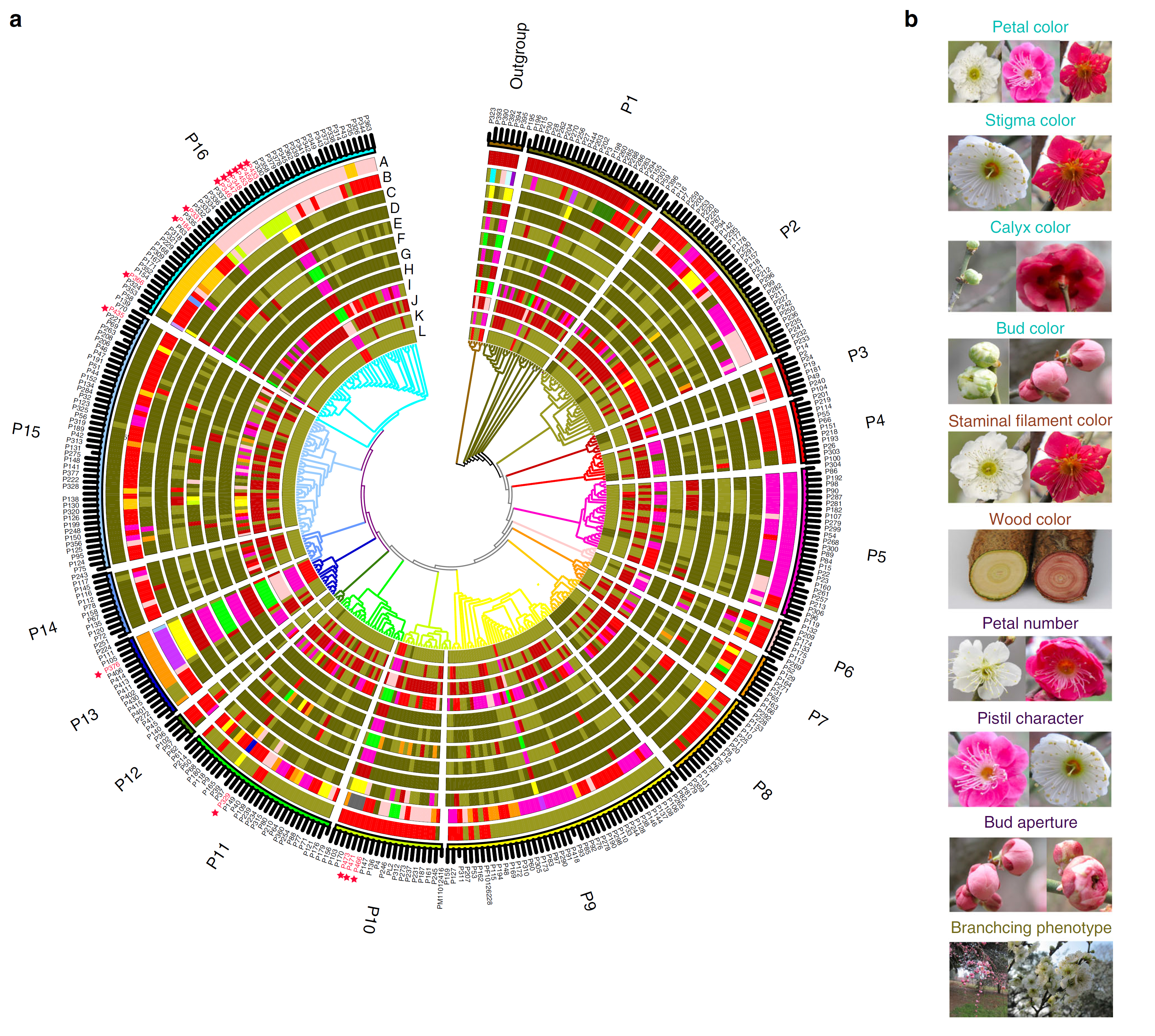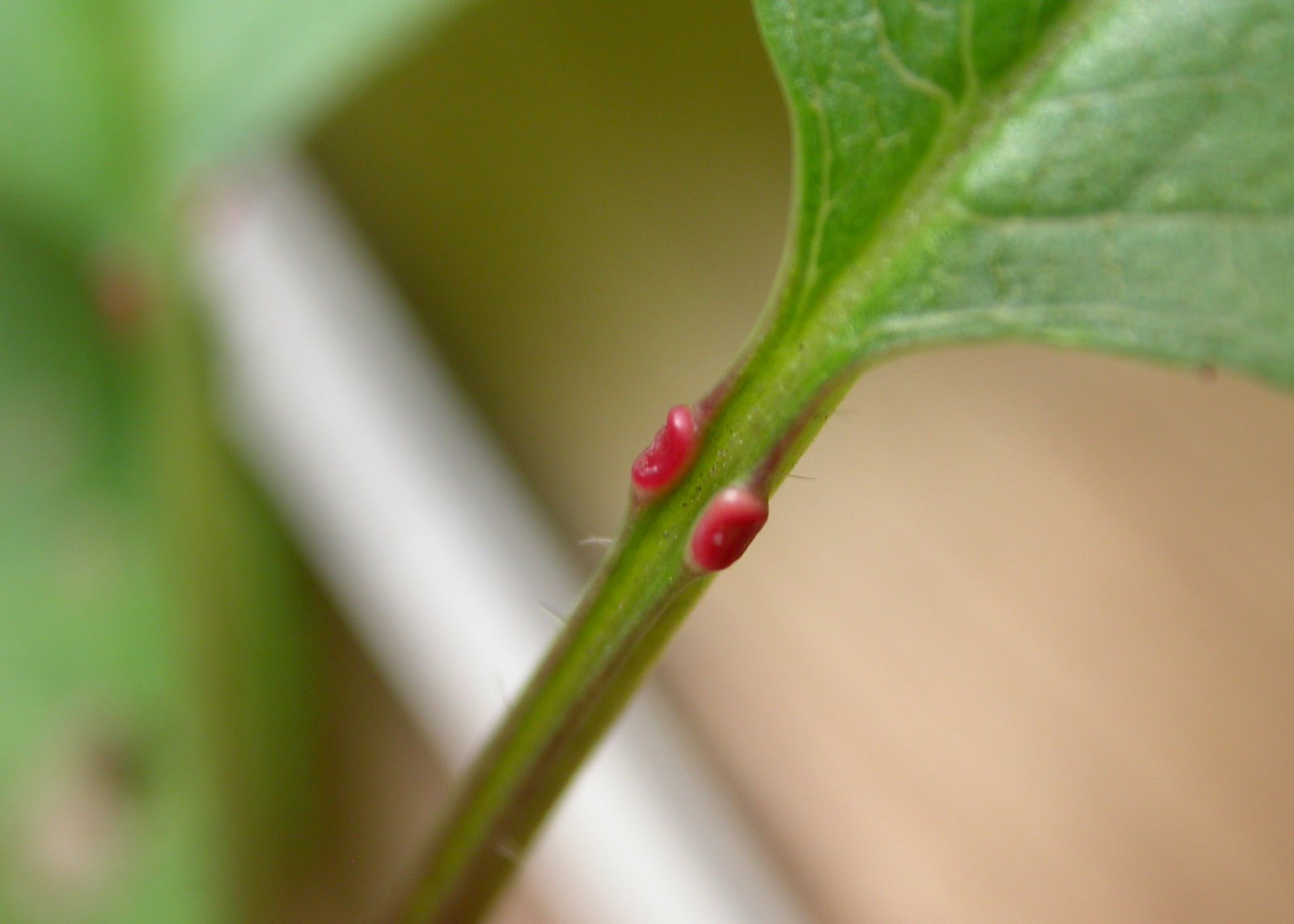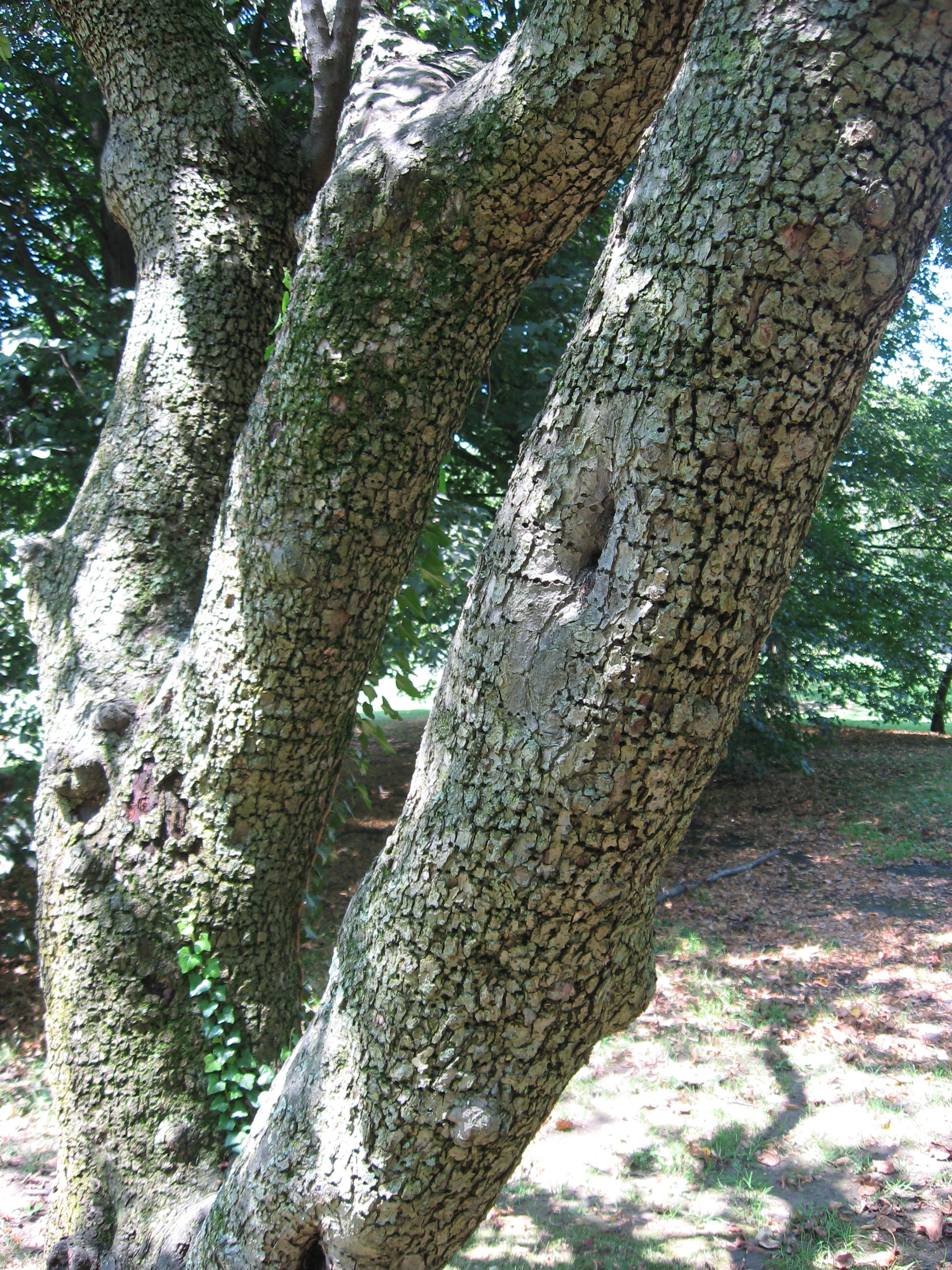|
Parornix Multimaculata
''Parornix multimaculata'' is a moth of the family Gracillariidae. It is known from the Japan Japan ( ja, 日本, or , and formally , ''Nihonkoku'') is an island country in East Asia. It is situated in the northwest Pacific Ocean, and is bordered on the west by the Sea of Japan, while extending from the Sea of Okhotsk in the north ... (Hokkaidō), Korea and the Russian Far East. The wingspan is 8.5–12 mm. The larvae feed on '' Malus baccata'', '' Prunus avium'', '' Prunus maximowiczii'', '' Prunus mume'', '' Prunus sachalinensis'', '' Prunus salicina'', '' Prunus sargentii'' and '' Prunus ussuriensis''. They mine the leaves of their host plant. References Parornix Moths of Asia Moths described in 1931 {{Parornix-stub ... [...More Info...] [...Related Items...] OR: [Wikipedia] [Google] [Baidu] |
Shōnen Matsumura
was a Japanese entomologist. Born in Akashi, Hyōgo, Dr. Shōnen Matsumura established Japan's first course on entomology at Hokkaido University. The courses were both applied (on insects of importance in forestry and agriculture) and theoretical. He named over 1,200 species of Japanese insects and in 1926 he founded the entomological journal ''Insecta Matsumurana.'' Matsumura wrote many scientific papers and books including ''6,000 illustrated Insects of Japan-Empire'' (1931). He died in Tokyo. His collection is in Hokkaido University in Sapporo. References Howard, L. O. 1930 ''History of applied Entomology (Somewhat Anecdotal)''. Smiths. Miscell. Coll. 84 X+1-564. External links DEI biografiObituary list and portrait. * Insecta matsumurana', the Journal of the Faculty of Agriculture, Hokkaido University , or , is a Japanese national university in Sapporo, Hokkaido. It was the fifth Imperial University in Japan, which were established to be the nation's finest i ... [...More Info...] [...Related Items...] OR: [Wikipedia] [Google] [Baidu] |
Prunus Maximowiczii
''Prunus maximowiczii'', known as Korean cherry, Korean mountain cherry, or Miyama cherry, is a small (about 7.5 m), fruiting cherry tree that can be found growing wild in northeastern Asia and Eurasia. Taxonomy The species was first described in 1857 by Franz Josef Ruprecht. It was treated in the genus ''Cerasus'' (now generally accepted as a subgenus of ''Prunus'') by Vladimir Leontyevich Komarov in 1927, but the original ''P. maximowiczii'' remains the widely accepted binomial. Description ''P. maximowiczii'' has white, insect-pollinated, hermaphroditic flowers, blooming in May in the Northern Hemisphere, November in the Southern Hemisphere. The edible fruits ( cherries) are about 5 mm in diameter, containing one large seed each. They ripen in August in the Northern Hemisphere, February in the Southern Hemisphere. Range and habitat Korea, China (Heilong Jiang, Jilin, Liaoning, and Zhejiang), Russia (Khabarovsk, Primorye, and Sakhalin), and Japan (Hokkaido ... [...More Info...] [...Related Items...] OR: [Wikipedia] [Google] [Baidu] |
Parornix
''Parornix'' is a genus of moths in the family Gracillariidae. Species *''Parornix acuta'' Triberti, 1980 *''Parornix alni'' Kumata, 1965 *''Parornix alpicola'' (Wocke, 1877) *''Parornix alta'' (Braun, 1925) *'' Parornix altaica'' Noreika & Bidzilya, 2006 *''Parornix ampliatella'' (Stainton, 1850) *''Parornix anglicella'' (Stainton, 1850) *''Parornix anguliferella'' (Zeller, 1847) *'' Parornix arbitrella'' (Dietz, 1907) *''Parornix arbutifoliella'' (Dietz, 1907) *''Parornix asiatica'' Noreika, 1991 *'' Parornix atripalpella'' Wahlström, 1979 *''Parornix betulae'' (Stainton, 1854) *''Parornix bifurca'' Triberti, 1998 *''Parornix boreasella'' (Clemens, 1864) *''Parornix carpinella'' (Frey, 1863) *''Parornix compressa'' Triberti, 1990 *''Parornix compsumpta'' Triberti, 1987 *''Parornix concussa'' (Meyrick, 1933) *''Parornix conspicuella'' (Dietz, 1907) *''Parornix cotoneasterella'' Kuznetzov, 1978 *''Parornix crataegifoliella'' (Clemens, 1860) *'' Parornix devoniella'' (Stainton, ... [...More Info...] [...Related Items...] OR: [Wikipedia] [Google] [Baidu] |
Leaf Miner
A leaf miner is any one of numerous species of insects in which the larval stage lives in, and eats, the leaf tissue of plants. The vast majority of leaf-mining insects are moths ( Lepidoptera), sawflies (Symphyta, the mother clade of wasps), and flies ( Diptera). Some beetles also exhibit this behavior. Like woodboring beetles, leaf miners are protected from many predators and plant defenses by feeding within the tissues of the leaves, selectively eating only the layers that have the least amount of cellulose. When attacking ''Quercus robur'' (English oak), they also selectively feed on tissues containing lower levels of tannin, a deterrent chemical produced in great abundance by the tree. The pattern of the feeding tunnel and the layer of the leaf being mined is often diagnostic of the insect responsible, sometimes even to species level. The mine often contains frass, or droppings, and the pattern of frass deposition, mine shape, and host plant identity are useful to de ... [...More Info...] [...Related Items...] OR: [Wikipedia] [Google] [Baidu] |
Prunus Ussuriensis
''Prunus salicina'' (syn. ''Prunus triflora'' or ''Prunus thibetica''), commonly called the Japanese plum or Chinese plum, is a small deciduous tree native to China. It is now also grown in fruit orchards in Vietnam, Korea, Japan, Israel, the United States, and Australia. ''Prunus salicina'' should not be confused with '' Prunus mume'', a related species also grown in China, Japan, Korea and Vietnam. Another tree, ''Prunus japonica'', is also a separate species despite having a Latin name similar to ''Prunus salicinas common name. Plant breeder Luther Burbank devoted a lot of work to hybridizing this species with the Japanese plum (''Prunus salicina'') and developed a number of cultivars from the hybrid. Description ''Prunus salicina'' grows up to tall, and it has reddish-brown shoots. The leaves are 6–12 cm long and 2.5–5 cm broad, with serrate margins. The flowers are produced in early spring, each about 2 cm in diameter with five white petals. The fruit is a drupe, 4 ... [...More Info...] [...Related Items...] OR: [Wikipedia] [Google] [Baidu] |
Prunus Sargentii
''Prunus sargentii'', commonly known as Sargent's cherry or North Japanese hill cherry, is a species of cherry native to Japan, Korea, and Sakhalin (Russia). The tree was named for Charles Sprague Sargent. Description ''Prunus sargentii'' is a deciduous tree that grows tall and broad. New growth is a reddish or bronze color, changing to shiny dark green. The obovate leaves with serrated margins are in length and are arranged alternately. In fall, the leaves turn red, orange, or yellow. It grows single pink flowers on 1-in pedicels, which result in purple-black fruit in summer. The fruits are a favorite of birds, but because of their size (small, pea sized) and color, are considered inconspicuous to humans. Cultivation ''P. sargentii'' is a fast-growing ornamental tree requiring sun and well-drained soil. The tree can tolerate wind, but not air pollution; it is one of the hardiest cherries, and can be easily transplanted. This makes it suitable for use as a street tree. The ... [...More Info...] [...Related Items...] OR: [Wikipedia] [Google] [Baidu] |
Prunus Salicina
''Prunus salicina'' (syn. ''Prunus triflora'' or ''Prunus thibetica''), commonly called the Japanese plum or Chinese plum, is a small deciduous tree native to China. It is now also grown in fruit orchards in Vietnam, Korea, Japan, Israel, the United States, and Australia. ''Prunus salicina'' should not be confused with ''Prunus mume'', a related species also grown in China, Japan, Korea and Vietnam. Another tree, '' Prunus japonica'', is also a separate species despite having a Latin name similar to ''Prunus salicinas common name. Plant breeder Luther Burbank devoted a lot of work to hybridizing this species with the Japanese plum (''Prunus salicina'') and developed a number of cultivars from the hybrid. Description ''Prunus salicina'' grows up to tall, and it has reddish-brown shoots. The leaves are 6–12 cm long and 2.5–5 cm broad, with serrate margins. The flowers are produced in early spring, each about 2 cm in diameter with five white petals. The fruit is a drupe, 4� ... [...More Info...] [...Related Items...] OR: [Wikipedia] [Google] [Baidu] |
Prunus Sachalinensis
''Prunus sargentii'', commonly known as Sargent's cherry or North Japanese hill cherry, is a species of cherry native to Japan, Korea, and Sakhalin ( Russia). The tree was named for Charles Sprague Sargent. Description ''Prunus sargentii'' is a deciduous tree that grows tall and broad. New growth is a reddish or bronze color, changing to shiny dark green. The obovate leaves with serrated margins are in length and are arranged alternately. In fall, the leaves turn red, orange, or yellow. It grows single pink flowers on 1-in pedicels, which result in purple-black fruit in summer. The fruits are a favorite of birds, but because of their size (small, pea sized) and color, are considered inconspicuous to humans. Cultivation ''P. sargentii'' is a fast-growing ornamental tree requiring sun and well-drained soil. The tree can tolerate wind, but not air pollution; it is one of the hardiest cherries, and can be easily transplanted. This makes it suitable for use as a street tree ... [...More Info...] [...Related Items...] OR: [Wikipedia] [Google] [Baidu] |
Prunus Mume
''Prunus mume'' is an East Asian and Southeast Asian tree species classified in the ''Armeniaca'' section of the genus '' Prunus'' subgenus ''Prunus''. Its common names include Chinese plum, Japanese plum, and Japanese apricot. The flower, long a beloved subject in the traditional painting and poetry of East Asia and Vietnam, is usually called plum blossom. This distinct tree species is related to both the plum and apricot trees. Although generally referred to as a plum in English, it is more closely related to the apricot. In East Asian cuisine ( Chinese, Japanese and Korean) and Vietnamese cuisine, the fruit of the tree is used in juices, as a flavouring for alcohol, as a pickle and in sauces. It is also used in traditional medicine. The tree's flowering in late winter and early spring is highly regarded as a seasonal symbol. ''Prunus mume'' should not be confused with '' Prunus salicina'', a related species also grown in China, Japan, Korea and Vietnam. Another tree, '' ... [...More Info...] [...Related Items...] OR: [Wikipedia] [Google] [Baidu] |
Prunus Avium
''Prunus avium'', commonly called wild cherry, sweet cherry, gean, or bird cherryWorld Economic Plants: A Standard Reference, Second Edition'. CRC Press; 19 April 2016. . p. 833–. is a species of cherry, a flowering plant in the rose family, Rosaceae. It is native to Europe, Anatolia, Maghreb, and Western Asia, from the British Isles south to Morocco and Tunisia, north to the Trondheimsfjord region in Norway and east to the Caucasus and northern Iran, with a small isolated population in the western Himalaya.Den Virtuella Floran''Prunus avium''(in Swedish; witmap The species is widely cultivated in other regions and has become naturalized in North America and Australia. ''Prunus avium'' has a diploid set of sixteen chromosomes (2''n'' = 16). All parts of the plant except for the ripe fruit are slightly toxic, containing cyanogenic glycosides. Description ''Prunus avium'' is a deciduous tree growing to tall, with a trunk up to in diameter. Young trees show stron ... [...More Info...] [...Related Items...] OR: [Wikipedia] [Google] [Baidu] |
Moth
Moths are a paraphyletic group of insects that includes all members of the order Lepidoptera that are not butterflies, with moths making up the vast majority of the order. There are thought to be approximately 160,000 species of moth, many of which have yet to be described. Most species of moth are nocturnal, but there are also crepuscular and diurnal species. Differences between butterflies and moths While the butterflies form a monophyletic group, the moths, comprising the rest of the Lepidoptera, do not. Many attempts have been made to group the superfamilies of the Lepidoptera into natural groups, most of which fail because one of the two groups is not monophyletic: Microlepidoptera and Macrolepidoptera, Heterocera and Rhopalocera, Jugatae and Frenatae, Monotrysia and Ditrysia.Scoble, MJ 1995. The Lepidoptera: Form, function and diversity. Oxford, UK: Oxford University Press; 404 p. Although the rules for distinguishing moths from butterflies are not well est ... [...More Info...] [...Related Items...] OR: [Wikipedia] [Google] [Baidu] |
Malus Baccata
''Malus baccata'' is an Asian species of apple known by the common names Siberian crab apple, Siberian crab, Manchurian crab apple and Chinese crab apple. It is native to much of northern Asia, but is also grown elsewhere as an ornamental tree and for rootstock. It is used for bonsai. It bears plentiful fragrant white flowers and edible red to yellow fruit of about diameter. Description The trees grow up to high. They have arching or overhanging red-brown branches and red-brown buds. Petioles are long, with few glands. Leaves are elliptic or egg-shaped, . Pedicels are slender and long. They bear white fragrant flowers of in diameter which groups by 4–6. Petals are white and egg-shaped, approximately long. Fruits are red to yellow and spherical, only about in diameter; they form dense clusters and resemble cherries from a distance. Flowering occurs in spring, with fruits appearing in September–October. Taxonomy The subordinate taxa include the followin varieties: *'' ... [...More Info...] [...Related Items...] OR: [Wikipedia] [Google] [Baidu] |






